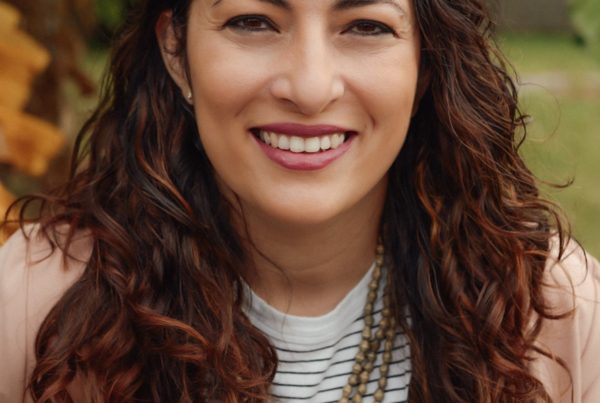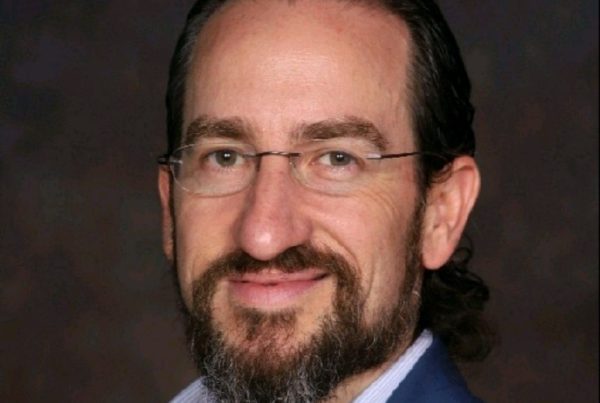Podcast: Play in new window | Download
Subscribe: RSS
How Do You Best Approach the Topic of Death?

Dr. Christopher Kerr
Dr. Christopher Kerr is the Chief Executive Officer and Chief Medical Officer of Hospice & Palliative Care Buffalo. He has overseen the integration and expansion of palliative care into local hospitals and developed one of the nation’s largest home-based palliative care programs, Home Connections, and Essential Care for Children.
Drawing on interviews with over 1,400 patients and more than a decade of quantified data, Dr. Kerr reveals that pre-death dreams and visions are extraordinary occurrences that humanize the dying process.
In his book, Death Is But A Dream, which was published earlier this year, Dr. Kerr shares how his patients’ stories point to death as not solely about the end of life, but as the final chapter of humanity’s transcendence.
Dr. Kerr’s book also illuminates the benefits of these phenomena for the bereaved, who find solace in seeing their loved ones pass with a sense of calm closure. Additionally, by showing what doctors are currently doing wrong when it comes to end-of-life care, he explains how to add this new awareness to their practices.
What We Discuss With Dr. Christopher Kerr In This Episode
- The phenomenon of end-of-life dreams and visions
- The progression of the dying process
- Different themes that come up in the dying process
- The need for psychological comfort
- How it benefits the family watching their loved one in this process
- The subconscious knowing so you’re making sure things are dealt with
- How to best approach the topic of death
- The importance of communication at the end of life
Transcript Highlights
The Phenomenon of End-of-life Dreams and Visions
Aside from the physical aspect of death, there’s also that experience of dying, which is the actual subjective state of the patient. Dr. Kerr found that people had these very profound inner experiences in the dying process. Not only were they providing meaning, but they’re very therapeutic in terms of easing the transition. It had a way of putting themselves back together with their losses in their life. It had value not only for the patient but for the family.
Living in an evidence-based era, many doctors say this is a confusional state. But this has long been spoken about in different literary pieces although very little was written about it medically. This then was what drove their research. It resonated with people who had either seen, observed, or were experiencing this that needed it contextualized and validated.
This is not about the paranormal or about religion. It’s about looking at the process of dying and understanding the physical dimensions to it.
The Progression of the Dying Process
Dying naturally is progressive sleep. And what was near-universal was these people were having these very intense dreamlike experiences distinct from normal dreams. There were things like a reunion with people they’ve loved and lost. Generally, they were overwhelmingly comforting.
Interestingly, if you ask patients every day about what’s happening, several weeks out from death, there’s a striking increase in the frequency of these events and their level of comfort also improves. So there is an ease in the transition and they reduce fear.
People who are having these experiences actually adapted, gained meaning and insights – whether it was a need to be forgiven, to be loved, to be reunited – these things were happening within these experiences.
Different Themes That Surface in the Dying Process
- The idea of being put back together
- Release and letting go
- Asking for forgiveness
- Validation and editing the painful, pivotal points of your life
The Psychological Comfort of Death
It’s very hard to die if you can’t sleep. People don’t die awake. You not only have to have physical comfort, but you also have to be psychologically at comfort. So they’ve got to process through some of this so that they can find that peace.
How the End-of-LIfe Event Impacts Their Families
- It binds people together. There’s inherent connectivity across lives.
- It influences how we process loss.
People who had been engaged with their loved ones over these experiences processed grief better and transitioned better – all these key elements to how we experienced deep loss was completely changed by how they viewed their loved ones at the end of their life.
How to Best Approach the Topic of Death
People deny death and medicine is death-defying. We treat aging as something we can repair and that level of deniability has misinformed us. So we treat death as more of a shock experience than it should be, rather than recognizing it with more transparency.
We sterilize dying and the majority of Americans don’t want to die in institutions. In fact, providing care and presence helps people process loss. So be less fearful and be more courageous. Get close to care and engage.
Frame the loss by first describing the connectivity you felt before the loss. Make the time to have meaningful conversations and meaningful connectivity to them, and not denying the inevitable.
Dying is not an organ failure. It’s actually the closing of a life. And if you want to make dying less fearful and have a healthier aspect to it, it needs to be embraced as that, and not just a medical equation because the answer doesn’t lie all in medicine.
Episode Resources 
- Book: Death Is But a Dream: Finding Hope and Meaning at Life’s End
- TED Talk: https://www.youtube.com/watch?v=rbnBe-vXGQM
Connect With Dr. Christopher Kerr
Did You Enjoy The Podcast?
If you enjoyed this episode please let us know! 5-star reviews for the Leaders Of Transformation podcast on Apple Podcasts, Spotify, Pandora or Stitcher are greatly appreciated. This helps us reach more purpose-driven entrepreneurs seeking to make a positive impact in the world. Thank you. Together, we make a difference!
Additional Episodes You May Like
- 331: Dr. Dravon James: Finding Your Everyday Peace
- 301: Udo Erasmus: How to Live in Perfect Health and Harmony
- 187: Philip Shepherd: Bringing Clarity To A Chaotic World
- 150: Tamara Green & David Dachinger: Live Calm With Cancer & Beyond
- 077: Carmen Joy: Exploring The Ancient Tradition Of Yoga & Meditation










